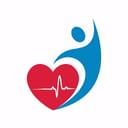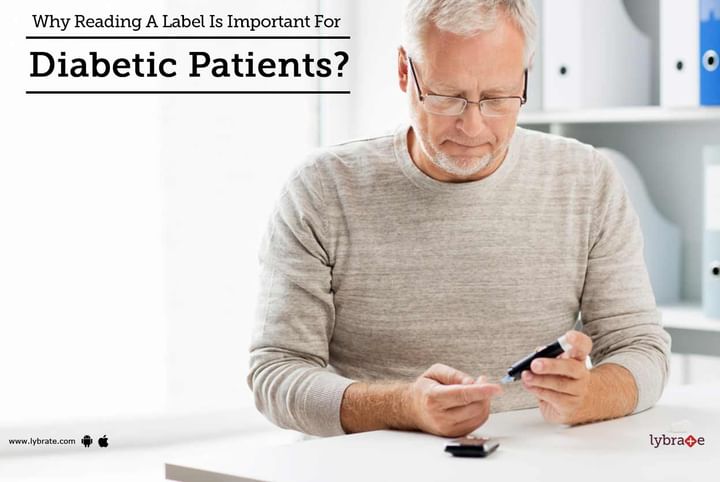Why Reading A Label Is Important For Diabetic Patients?
From core ingredients used in your day to day cooking like salt and flour to biscuits and snacks, a lot of the food items we eat comes as pre-packaged. It is only by reading the labels does one find out the nutritional value of the food items. Diabetics need to be much more aware of what they are eating as compared to others. Hence, it is best to avoid processed and packaged food items. If you must snack on them, do not skip reading the label.
Here are a few things you should take notice of -
- Serving Size: All the nutritional information given on the package is relative to the suggested serving size. For example, a 100gm and 200gm pack of biscuits may have the same nutritional data printed on the packet but the total nutritional value of both packets will be different. This is because the nutritional values printed are likely to be based on a serving size of 10 or 20 gms. Thus, you will need to adjust your calorie calculations on the basis of the amount you eat and the suggested serving size.
- Carbohydrates: Carbohydrates are the body’s prime source of energy but excess carbohydrates get stored in the body as fat. Hence, it is important to limit your carbohydrate intake. This is usually mentioned in terms of grams on food packets. 15 grams of carbohydrates is considered equal to 1 serving of carbohydrates.
- Fats: For a diabetic, the fat intake must be limited to the minimal amount required by the body. Packaged food items mention cholesterol, trans fat and saturated fat content on the label. In the case of all three, the lower the amount, the healthier the food items. You should aim at consuming less than 200mg of cholesterol per day and only pick food items that have less than 1 gram of saturated fat or 0.5 gram of trans fat per serving.
- Protein: Eating a protein-rich snack can help you keep satiated for longer and hence reduce the urge to snack on other food items. Food items like meat, eggs, chicken, soy, beans, peas, nuts and seeds are rich sources of proteins. However, if you have kidney damage, your doctor may advise you to limit your protein intake. Hence, pay attention to the protein content of packaged food items.
- Sodium and potassium: Sodium and potassium help regulate blood pressure. Hence, both should be consumed in limited amounts. If you suffer from kidney disease, your doctor may advise you to reduce the potassium intake to prevent cardiac problems.
- Read Label: While reading the label we should also see the ingredients, the calorie content and the presence of preservatives, etc.
Maintaining optimal health is your responsibility and keeping you aware of the ways to maintain it is our responsibility. Read the food items labels and understand what your body requires and what not. Keep all the above information in mind and make an informed decision.



+1.svg)
